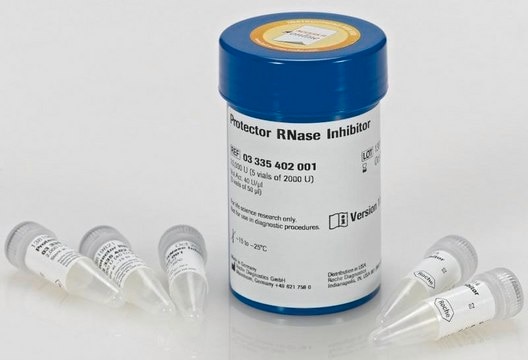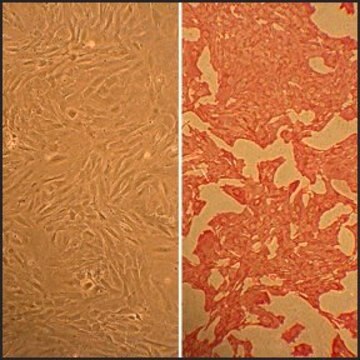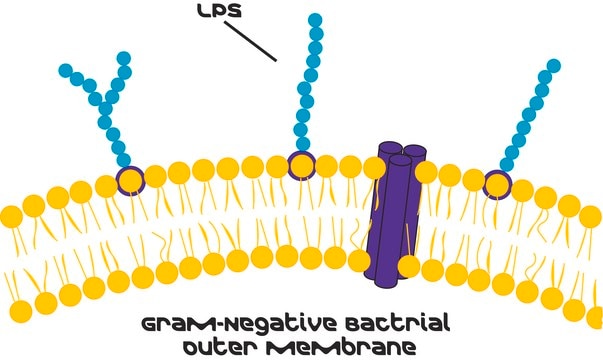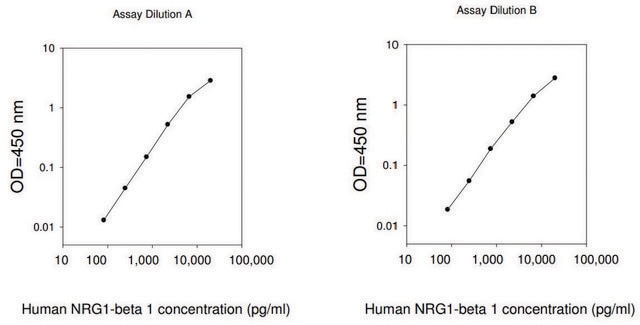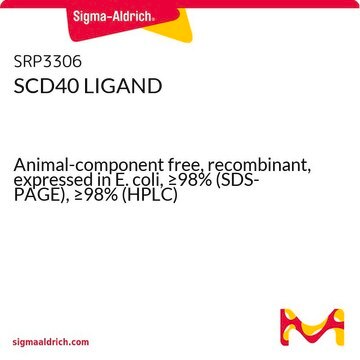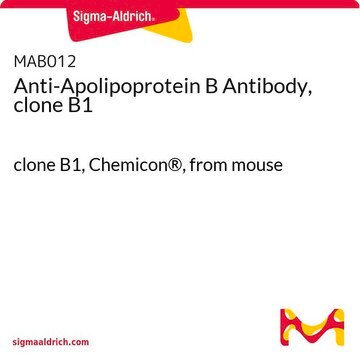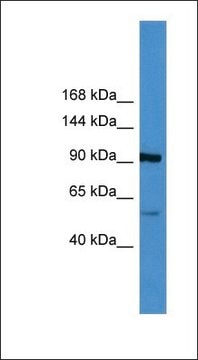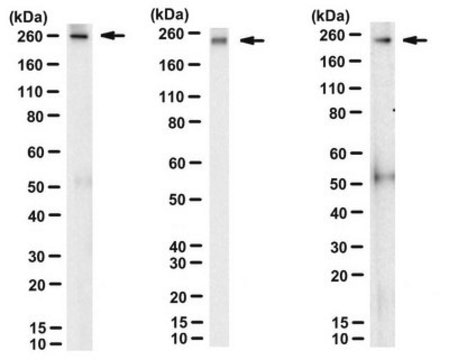MABS1284-B
Anti-Apolipoprotein(a) Antibody, clone LPA4 Antibody, Biotin Conjugate
clone LPA4, from mouse, biotin conjugate
Synonym(s):
Apo(a), Lp(a)
About This Item
Recommended Products
biological source
mouse
Quality Level
conjugate
biotin conjugate
antibody form
purified immunoglobulin
antibody product type
primary antibodies
clone
LPA4, monoclonal
species reactivity
human, nonhuman primates
technique(s)
ELISA: suitable
immunoprecipitation (IP): suitable
western blot: suitable
isotype
IgG1κ
UniProt accession no.
shipped in
ambient
target post-translational modification
unmodified
Gene Information
human ... APOA1(335)
General description
Specificity
Immunogen
Application
ELISA Analysis: 0.1 µg/mL from a representative lot detected Apolipoprotein(a) in Patient Lp(a) Plasma sample (Courtesy of Dr. Sotirios Tsimikas, M.D., University of California at San Diego, USA).
Immunoprecipitation Analysis: A representative lot detected Apolipoprotein(a) in Immunoprecipitation applications (Tsimikas, S., et. al. (2004). Circulation. 109(25):3164-70).
Western Blotting Analysis: A representative lot detected Apolipoprotein(a) in Western Blotting applications (Leibundgut, G., et. al. (2013). J Lipid Res. 54(10):2815-30).
Signaling
Quality
Target description
Physical form
Storage and Stability
Other Notes
Disclaimer
Not finding the right product?
Try our Product Selector Tool.
wgk_germany
WGK 2
flash_point_f
does not flash
flash_point_c
does not flash
Certificates of Analysis (COA)
Search for Certificates of Analysis (COA) by entering the products Lot/Batch Number. Lot and Batch Numbers can be found on a product’s label following the words ‘Lot’ or ‘Batch’.
Already Own This Product?
Find documentation for the products that you have recently purchased in the Document Library.
Our team of scientists has experience in all areas of research including Life Science, Material Science, Chemical Synthesis, Chromatography, Analytical and many others.
Contact Technical Service